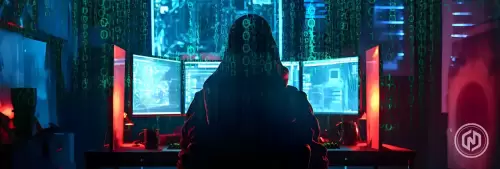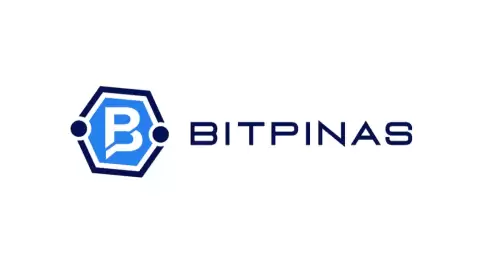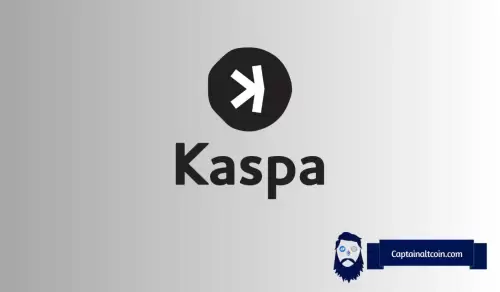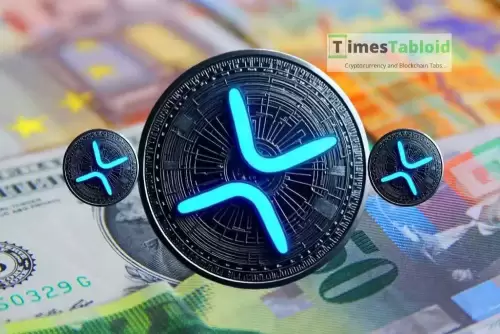 |
|
 |
|
 |
|
 |
|
 |
|
 |
|
 |
|
 |
|
 |
|
 |
|
 |
|
 |
|
 |
|
 |
|
 |
|
Cryptocurrency News Articles
Virtuals Protocol (VIRTUAL) price prediction: Can the AI agent generator token continue its 350% surge?
May 21, 2025 at 01:13 am
Virtuals Protocol (VIRTUAL) price was trading at $1.9400 on Tuesday, May 20, giving it a market cap of over $125 million.

Virtuals Protocol (VIRTUAL) price rose sharply on Tuesday, extending its gains in recent weeks as the AI agent industry continues to heat up.
What Happened: Virtuals Protocol, a top AI agent generator, performed well in recent weeks, surging over 350% from its lowest point in April. The token is now trading at $1.9400, giving it a market cap of over $1.25 billion.
The token has several catalysts that may help push it to a record high in the ongoing bull run. The first is that analysts anticipate the industry will continue growing in the coming years.
A study by BCG estimates that the market size for AI agents will grow from $5.7 billion in 2024 to $52.1 billion by 2030, representing a 45% compounded annual growth rate. The report notes that disciplines like software development, customer service, and business analytics will be most impacted.
Microsoft (NASDAQ:MSFT), the world’s largest company by market cap, stated on Monday that we are now in the age of AI agents, unveiling new tools for agentic web advances in Azure Foundry. This could benefit Virtuals Protocol as investors continue piling into AI tokens.
There are also signs that AI agents on Virtuals Protocol are gaining traction. Aixbt price jumped by 6% on Tuesday, giving it a fully diluted valuation of over $180 million. Similarly, the AVA token rose 12%, reaching a valuation of $60 million. Ribbita, GAME, VaderAI, and Luna are each valued at over $15 million.
A short-term risk for VIRTUAL is the potential for profit-taking after its 350% rally since April. Nansen data shows that 15.64 million tokens are now held on exchanges, a 22.67% increase from a week earlier.
VIRTUAL Price Technical Analysis: The eight-hour chart shows that VIRTUAL has been in an uptrend over the past few weeks, climbing from a low of $0.4165 in April to a high of $2.20 this month.
Recently, the coin has formed an ascending triangle pattern, consisting of a horizontal resistance level and an ascending trendline. This is one of the most bullish patterns in technical analysis.
At the same time, VIRTUAL remains above the 50-period moving average, indicating that the bulls are in control. A breakout above the upper boundary of the triangle could signal further upside, potentially toward the all-time high of $5.1160, which would represent a 170% gain from the current level.
On the other hand, a move below the lower boundary of the triangle could negate the pattern and suggest further downside toward the 100-period moving average.
Virtuals Protocol price chart by TradingView
Disclaimer:info@kdj.com
The information provided is not trading advice. kdj.com does not assume any responsibility for any investments made based on the information provided in this article. Cryptocurrencies are highly volatile and it is highly recommended that you invest with caution after thorough research!
If you believe that the content used on this website infringes your copyright, please contact us immediately (info@kdj.com) and we will delete it promptly.






























































